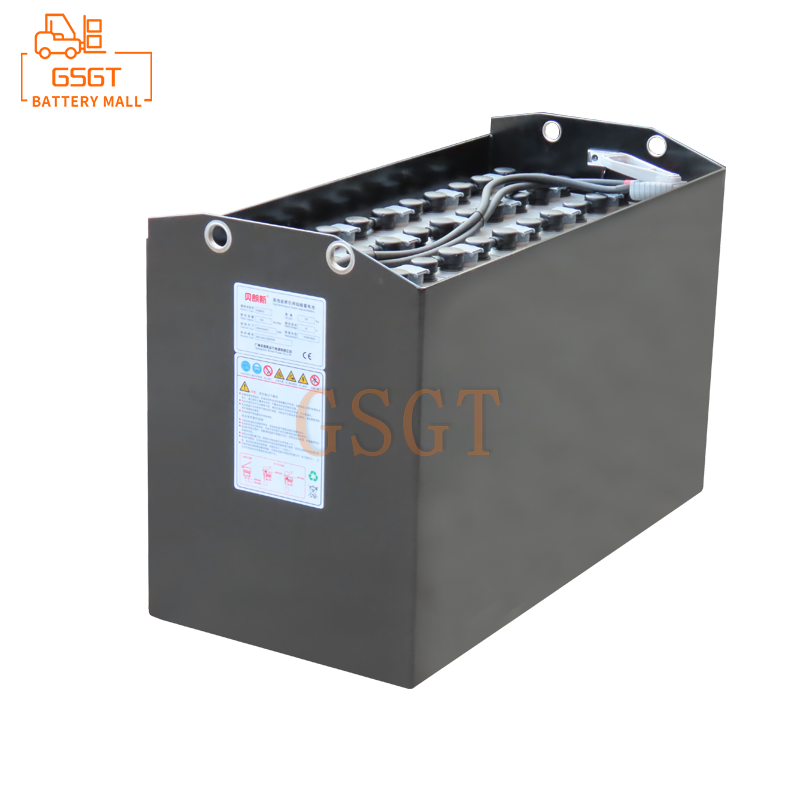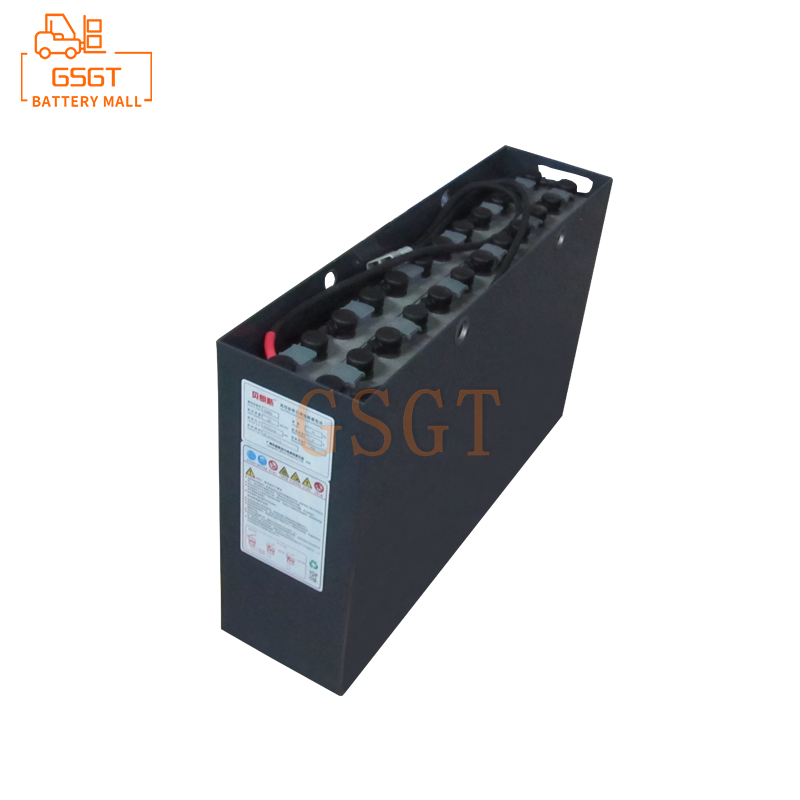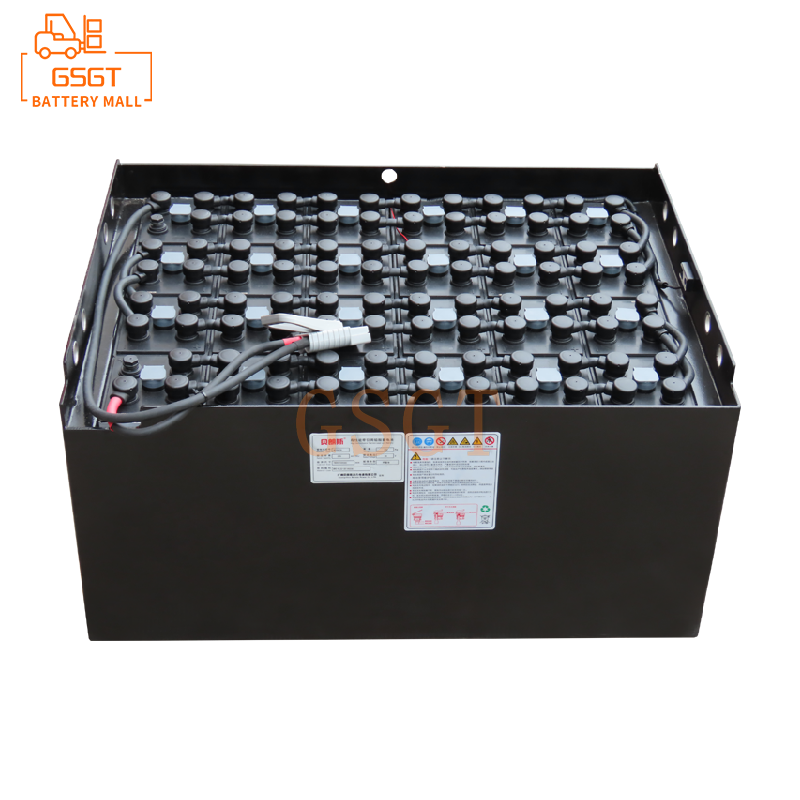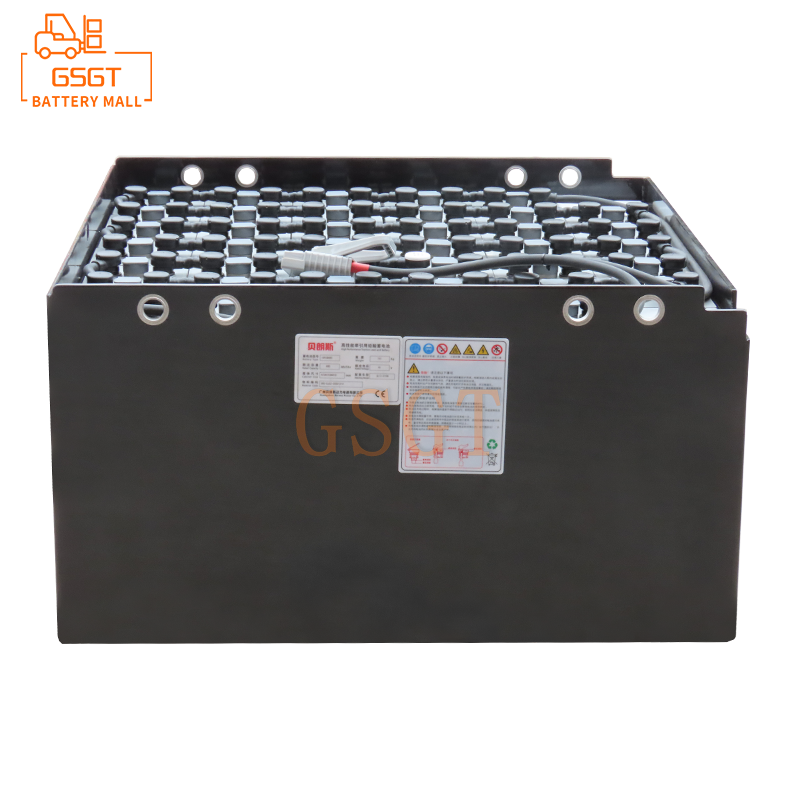Time:2025-06-11 16:15:49
Browse:611
In the field of modern logistics and industrial production, forklifts, as key material handling equipment, play a crucial role. As one of the main power sources for forklifts, the rationality of the selection of lead-acid batteries is directly related to the operational efficiency, operating cost and service life of forklifts. Due to the differences in operation scenarios and working conditions, there are significant differences in the selection of lead-acid batteries between warehouse forklifts and handling forklifts. A thorough understanding of these differences is of great significance for enterprises to precisely configure forklift power systems and enhance overall operational efficiency.
The influence of operational characteristics and differences in working conditions on battery selection
Warehouse forklifts: Indoor precision operations, with complex and diverse working conditions
Warehouse forklifts mostly operate in indoor environments such as warehouses and logistics centers, where space is relatively limited. They need to frequently stack, load and unload goods as well as transport them over short distances. Its operation characteristics are frequent starts and stops, numerous turning operations, and high requirements for the accuracy of goods handling. For instance, in a high-rise shelf warehouse, forklifts need to precisely place goods at designated storage locations, which requires them to have excellent handling performance and stable power output. Meanwhile, the temperature and humidity in the storage environment are relatively stable, but there may be poor ventilation conditions.
Forklift handling: Outdoor high-intensity operation, with relatively harsh working conditions
Forklifts for handling are often used in outdoor places such as factory workshops and port terminals, mainly undertaking long-distance transportation tasks of goods. During operation, forklifts need to run continuously for long periods and may encounter complex working conditions such as heavy loads, climbing slopes, and bumpy roads. At port terminals, forklifts need to frequently handle large containers. The goods are heavy and the travel distance is long, which poses extremely high requirements for the power and endurance of the forklifts. In addition, the outdoor ambient temperature varies greatly, and one may encounter adverse weather conditions such as high temperatures, low temperatures, and rain.
Differences in capacity selection of lead-acid batteries
Warehouse forklifts: Moderate capacity, emphasizing instantaneous discharge capability
Due to the frequent start and stop of warehouse forklifts and the large instantaneous current demand, the battery needs to have a good instantaneous discharge capacity to ensure that the forklift can start and accelerate quickly. Generally speaking, the capacity selection range of lead-acid batteries for warehouse forklifts is between 200 and 600Ah. The specific capacity needs to be determined based on the actual operation intensity and working hours of the forklift. For instance, in small e-commerce warehouses, forklifts operate for approximately 4 to 6 hours a day, and the weight of the goods they handle is relatively light. Therefore, batteries with a capacity of 200 to 300Ah can be selected. In large logistics and warehousing centers, forklifts work for long hours and frequently, and may need to be equipped with batteries of 400-600Ah.
Forklift for material handling: Large-capacity configuration ensures long-term operation
The long-distance operation characteristics of the handling forklift determine its high dependence on battery endurance. To meet the demand for long-term continuous operation, forklifts for handling usually need to be equipped with large-capacity lead-acid batteries, with a capacity generally ranging from 600 to 1000Ah or even higher. Large-capacity batteries can store more electrical energy, ensuring that forklifts maintain stable power output during heavy-load and long-distance driving. For instance, forklifts used for handling containers at port terminals can work for 8 to 10 hours a day and travel long distances. Therefore, they must be equipped with large-capacity batteries of 800 to 1000Ah to prevent the operation progress from being affected due to insufficient power.
Voltage selection differences for lead-acid batteries
Warehouse forklifts: Mainly low voltage, taking into account both safety and cost
The operation speed of warehouse forklifts is relatively slow, and the power requirements are relatively low. Considering the safety of indoor operations and cost factors, low-voltage lead-acid batteries are usually adopted. Common voltage specifications include 24V, 36V and 48V, among which 48V is more widely used. The low-voltage system reduces the risk of electric shock to a certain extent, and at the same time, the cost of batteries and related electrical equipment is relatively low, making it more suitable for the application scenarios of warehouse forklifts.
Forklift handling: High-voltage configuration enhances power output and efficiency
Forklifts for handling need to have strong power to cope with heavy loads and long-distance transportation. High-voltage lead-acid batteries can provide higher power output, meeting the operational requirements of forklifts under harsh working conditions. Generally speaking, forklifts for handling mostly adopt battery systems with voltages of 80V, 96V or even higher. High-voltage systems can reduce current, minimize line losses, and enhance energy utilization efficiency, enabling forklifts to have stronger power and higher operational efficiency when climbing heavy loads or traveling at high speeds.
Differences in the selection of lead-acid battery types
Warehouse forklifts: Give priority to sealed maintenance-free batteries
Warehouse forklifts operate indoors and have high requirements for environmental cleanliness. Sealed maintenance-free lead-acid batteries have become the preferred choice for warehouse forklifts due to their advantages such as no acid leakage, no need for regular electrolyte addition, and low self-discharge rate. This type of battery not only keeps the working environment clean and tidy, reduces pollution to the warehouse environment, but also lowers the maintenance workload and cost, and enhances the convenience of using forklifts. Meanwhile, the performance of the sealed maintenance-free battery is stable, which can meet the requirements of frequent start-stop and precise control of warehouse forklifts.
Forklift handling: Open-type lead-acid batteries can be considered
The working environment of forklifts for material handling is rather harsh, and extremely high requirements are placed on the reliability and durability of batteries. Although open-type lead-acid batteries require regular maintenance, such as adding electrolyte and inspecting the plates, they still have certain applications in the field of forklifts due to their advantages of low cost, good heat dissipation performance, and the ability to discharge at high currents. Under harsh working conditions such as high temperatures and heavy loads, open-type lead-acid batteries can better exert their performance advantages. Moreover, through reasonable maintenance and care, the service life of the batteries can be effectively extended.
Other selection considerations for lead-acid batteries vary
Warehouse forklifts: Pay attention to battery size and compatibility
The battery compartment space of the warehouse forklift is limited, and there are high requirements for the overall size and flexibility of the forklift. Therefore, when selecting the type, special attention should be paid to the size and shape of the lead-acid battery to ensure that the battery can perfectly fit the battery compartment of the forklift and does not affect the normal operation and spatial layout of the forklift. At the same time, the weight distribution of the battery should be taken into account to ensure the stability of the forklift during operation.
Forklift handling: Emphasize the shock resistance and impact resistance of the battery
When forklifts are traveling outdoors, they frequently encounter road bumps, vibrations, and impacts during the loading and unloading of goods. Therefore, the lead-acid batteries selected for forklifts must have good shock resistance and impact resistance to ensure the stability of the internal structure of the battery and avoid problems such as plate damage and loose connections caused by vibration and impact, which would affect the performance and service life of the battery. In battery design, reinforced casings, tight internal connections and special shock-absorbing and buffering materials are usually adopted to enhance the battery's resistance to vibration and shock. For instance, in the case of forklifts used at port terminals, due to the complex ground conditions, the forklifts vibrate significantly during operation. Therefore, lead-acid batteries with strong shock resistance must be selected to ensure the reliable operation of the forklifts.
To sum up, there are many differences in the selection of lead-acid batteries between warehouse forklifts and handling forklifts. When enterprises configure batteries for forklifts, they should fully consider factors such as the operational characteristics of forklifts, working conditions, and their own cost budgets, and precisely select the appropriate lead-acid batteries to achieve the best balance between forklift performance and operating costs, and enhance the logistics and production efficiency of the enterprises.

$2450

$1060

$5710

$5710

MESSAGE
Professional And Efficient
Security
Affordable Price
Professional Services